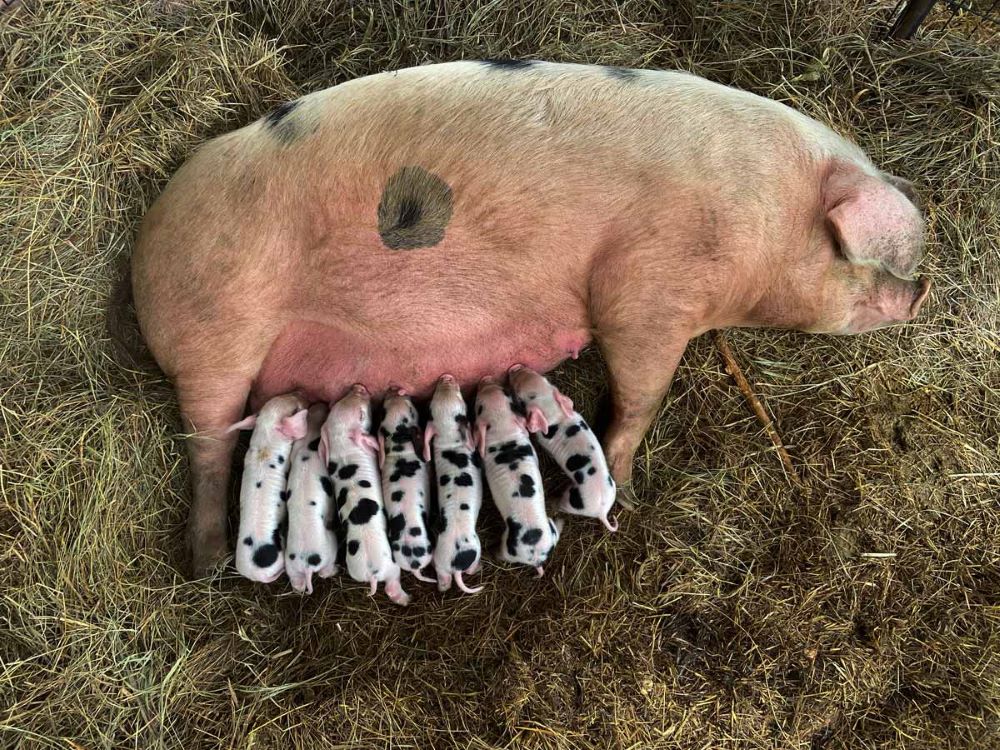ONLINE: A Zoom invitation link will be sent the Friday before class begins.
A defining feature of the mammalian animal group is the presence of milk-producing glands used to feed their babies. Mammals show extraordinary variation in offspring number. For example, humans typically have one child per pregnancy, but some mammals can have up to 32 babies in a litter. Over the years, many anatomical and ecological traits have been proposed to explain this variation. Our presenter will describe a study of 2,698 species of mammals that investigated how litter size evolves. The study found that litter size can be explained mostly by teat number. But it also identified behaviors, such as males providing care to their offspring, that can allow a species to evolve litter sizes larger than would be predicted from the mother’s anatomy alone. In light of these results, Tom will discuss how the evolutionary origin of milk production has shaped the history of mammals. Thomas Stewart is an evolutionary and developmental biologist whose research focuses on major transitions in vertebrate evolution. He holds an undergraduate degree from Syracuse University, and a PhD from the University of Chicago in Integrative Biology. After graduating, he worked as a postdoctoral researcher at Yale University and the University of Chicago. Tom is currently an Assistant Professor at Pennsylvania State University.
